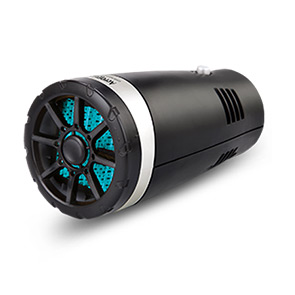How to Properly Adjust the Throttle Cable for Optimal Performance and Smooth Operation
Adjusting Throttle Cable A Guide for Improved Motorcycle Performance
The throttle cable is a crucial component of a motorcycle's performance, directly impacting how power is delivered from the engine to the wheels. Proper adjustment of the throttle cable ensures smooth acceleration, efficient fuel delivery, and overall optimal performance of the bike. In this article, we will explore the importance of adjusting the throttle cable, the signs that indicate a need for adjustment, and a step-by-step guide to achieving the perfect setting.
Understanding the Throttle Cable
The throttle cable connects the motorcycle's throttle grip to the carburetor or electronic fuel injection (EFI) system. When the rider twists the throttle grip, the cable pulls on the throttle valve, allowing air and fuel into the engine. A correctly adjusted throttle cable ensures that the valve opens fully when the throttle is engaged. If the cable is too tight or too loose, it can lead to a range of issues, including sluggish acceleration, poor fuel efficiency, and even engine stalling.
Signs of a Misadjusted Throttle Cable
Several symptoms indicate that your throttle cable may require adjustment. Common signs include
1. Delayed Response If you notice a lag between twisting the throttle and the bike actually accelerating, it could signal that the cable is too loose. 2. Sticky Throttle A throttle that feels stiff or sticky can indicate that the cable is too tight or has frayed and needs replacing.
3. Inconsistent Idling If your motorcycle has difficulty maintaining a steady idle, it may be due to improper cable tension affecting the throttle's engagement.
4. Unresponsive Throttle In extreme cases, if you twist the throttle and the bike does not respond at all, it could mean the cable is detached or severely misadjusted.
How to Adjust the Throttle Cable
adjusting throttle cable

Adjusting the throttle cable is a straightforward process but requires some mechanical knowledge and the right tools. Here’s how you can do it
1. Gather Tools You will need a screwdriver, a wrench or pliers, and possibly a cable adjustment tool, depending on your motorcycle model.
2. Locate the Adjuster Most motorcycles have a throttle cable adjustment screw located near the carburetor or throttle body. Some models also have an adjustment point near the throttle grip.
3. Inspect the Cable Before making any adjustments, visually inspect the throttle cable for signs of wear or fraying. If you notice damage, consider replacing the cable before proceeding.
4. Adjust the Cable Tension - To Tighten the Cable Turn the adjuster clockwise. This will reduce slack and can improve throttle response. - To Loosen the Cable Turn the adjuster counterclockwise. This increases slack, which can alleviate stiffness if the throttle feels stuck.
5. Check Free Play After adjusting, ensure there is a small amount of free play (about 1/8 inch). This gives the throttle grip some wiggle room before the throttle valve opens, which is crucial for safe riding.
6. Test Ride Once you’ve made your adjustments, take the motorcycle for a test ride. Pay attention to throttle response and make any further adjustments as needed.
Conclusion
Adjusting the throttle cable is essential for maintaining your motorcycle's performance and safety. Regular inspections and adjustments can prevent potential issues and enhance your riding experience. A well-adjusted throttle cable contributes not only to better performance but also to a smoother and more enjoyable ride. Always refer to your motorcycle's service manual for specific instructions and recommendations tailored to your model. Happy riding!
-
Upgrade Your Control with Premium Throttle CablesNewsAug.08,2025
-
Stay in Control with Premium Hand Brake CablesNewsAug.08,2025
-
Experience Unmatched Performance with Our Clutch HosesNewsAug.08,2025
-
Ensure Safety and Reliability with Premium Handbrake CablesNewsAug.08,2025
-
Enhance Your Vehicle with High-Performance Clutch LinesNewsAug.08,2025
-
Elevate Your Ride with Premium Gear CablesNewsAug.08,2025
